Movie Review – Star Trek: The Motion Picture (Directors Cut)
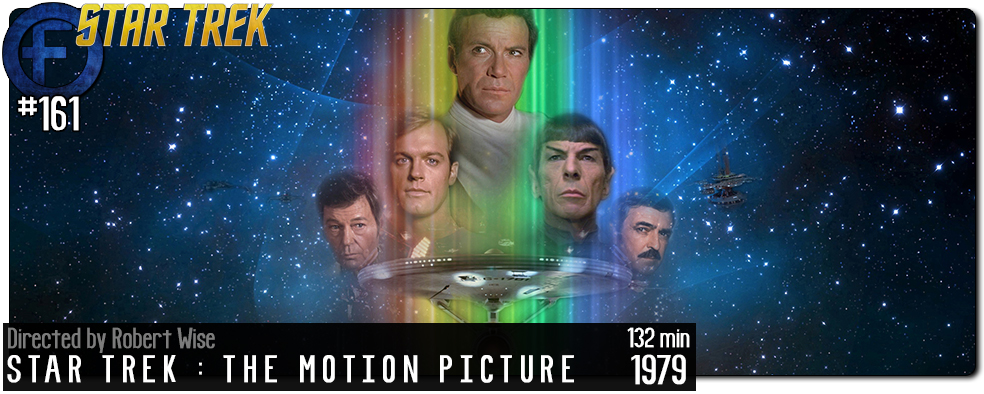
Cast : William Shatner, Leonard Nimoy, De Forrest Kelly, James Doohan, Nichelle Nichols, Walter Koenig, George Takei, Persis Khambatta, Stephen Collins, Majel Barrett, Grace Lee Whitney.
Synopsis: When a strange probe is discovered by the Klingons, and begins to journey towards Earth, the Enterprise crew is despatched to investigate the mystery.
**********
The first in the long running series of Star Trek films is a tedious, long, leisurely paced exploration of what made the original series so popular: Kirk and Co encounter a strange alien force that managed to destroy three Klingon warships, as Starfleet send them on a dangerous mission into the far reaches of space.
Yes, it’s Star Trek: The Motion Picture, or, if you want to be pedantic, Star Trek I. Directed by Robert Wise (who also directed The Sound Of Music, The Day The Earth Stood Still (1951), West Side Story, and Run Silent, Run Deep) and starring the complete original cast, Star Trek I is a galactic triumph of style and expectation over substance, with a script devoid of heart and a cast almost overawed by the fact that they’re in a film rather than a TV show. There’s a sense of achievement with this film, using state of the art effects (for it’s time) and trying to transform a relatively new TV show concept into a larger than life theatrical movie. Alien scribe Alan Dead Foster developed the story, which was turned into a screenplay by Harold Livingston, and what takes place on screen is a leaden, stumbling affair riddled with the overarching sense of “we have to get this right”. In other words, the film is so busy trying to cater to the fans, and to ensure canonical accuracy, that it forgets where it’s going narratively and ends up becoming a dire mess, taking even the most hardcore fans down with it.
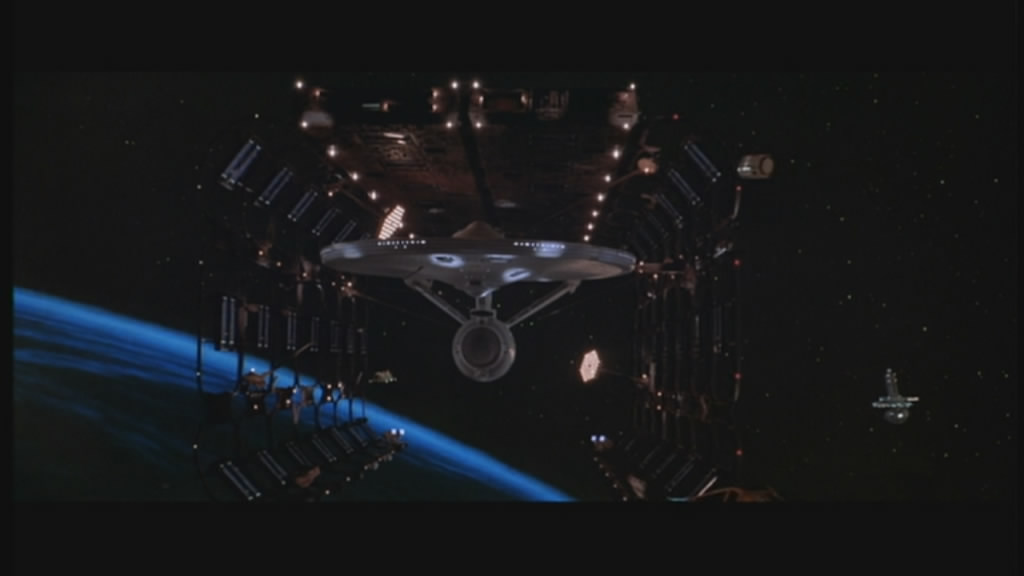
I’d like to have started by saying something positive about the film, because it was the original that launched the series from TV rerun into big-screen event blockbuster: and you’d be forgiven for asking how that happened. Released in the same year as Alien and the first Chris Reeve Superman movie, Star Trek: The Motion Picture is hardly a patch on those two classics, although it can hold it’s own in the canon of the original show. The finale of the film, with it’s slowly paced action sequences, makes for either enthralling viewing if you’re a fan, or utter boredom if you’re not.
Kirk and Co board the refitted Enterprise to discover the source of the mysterious power that has taken out three Klingon ships, and appears to be moving towards Earth. Kirk usurps the balance of power by demoting the newly appointed Captain of his beloved Enterprise, Captain Decker (Stephen Collins), to Commander, and First Officer, and this causes friction between the two men. Deckers romantic interest, Ilia, played by Persis Khambatta, an Indian model, is kidnapped by the alien force, which calls itself V’ger. To rescue her, Kirk and the Enterprise crew meet the alien probe half way, and discover that in actuality, it’s a long lost Human space probe, which has developed a kind of artificial intelligence.
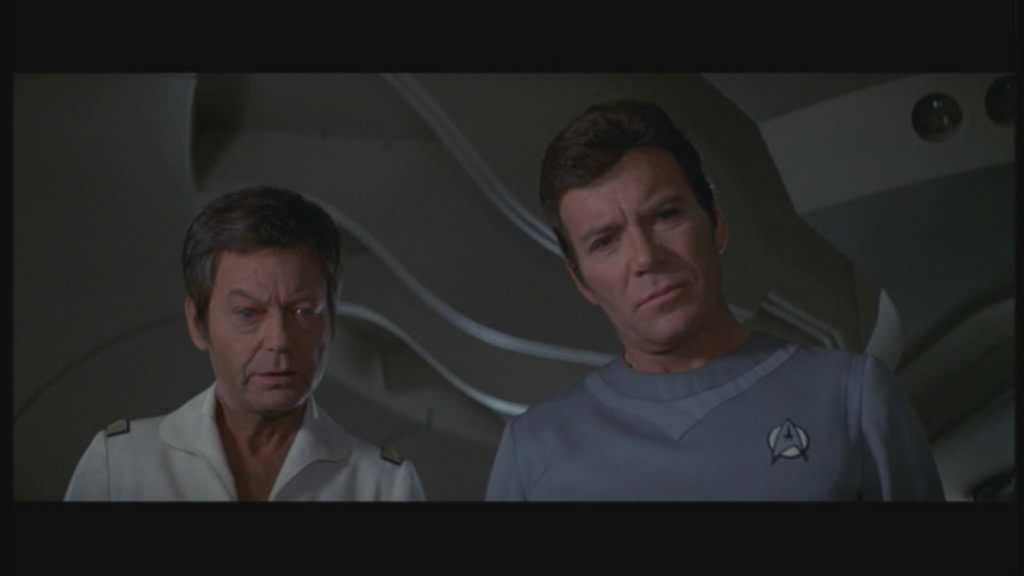
The main problem with Star Trek I is the lack of convincing dramatic tension on the part of the alien “villain”, although that nomenclature is actually inaccurate. V’ger is less a villain and more a misunderstood (and misunderstanding) newly formed life form, a concept overall that became a staple of the Star Trek serials that were made henceforth, including Next Generation, Deep Space Nine, and Voyager. And the lack of tension, disregarding that mounted by Kirk and Decker, is a major blow to a film filled with fine production values and wonderful themes. After all, with series creator Gene Roddenberry overseeing the whole thing, at least you know the shows themes of tolerance, understanding and exploration are intact. But it’s the lack of decent pacing, a languid development of the characters and the situation, that fatally hamstring the film. It moves at a snails pace (by comparison with later films) and by the end, you’re kinda glad it’s all over. Kirk, Spock, McCoy, Uhura, Bones, Chekov, Sulu, Scotty, and throw in Roddenberry’s wife Majel Barret as the Enterprise’s chief Doctor, as well as some of the best visual effects money could buy in 1979, and Star Trek is a fairly faithful cinematic rendition of what folks grew up with on the TV show.
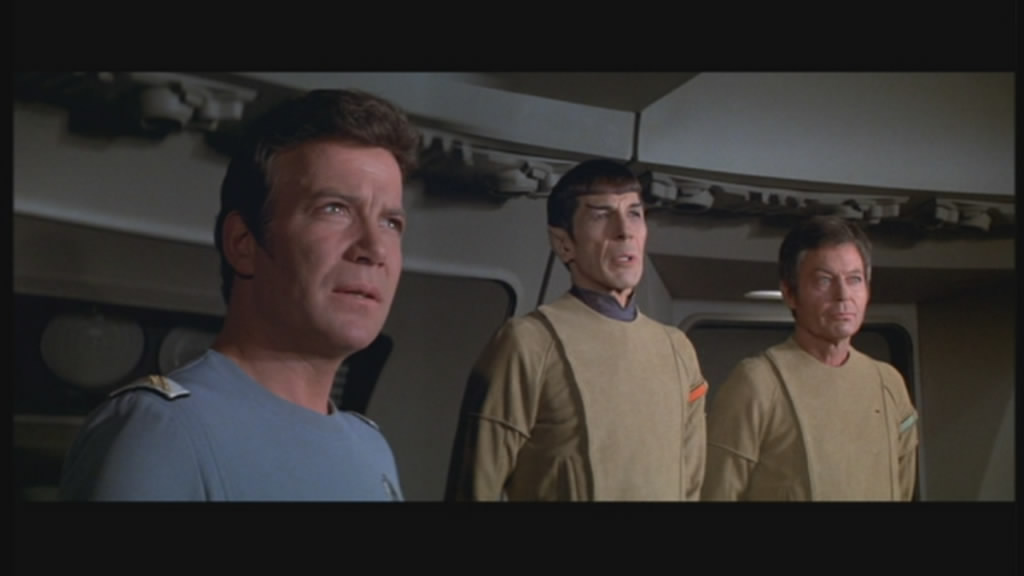
The actors all look like deer caught in the headlights. Kirk and Bones, as well as the rest of the cast to a lesser extent, look a little out of their depth in front of cinema cameras, although perhaps Leonard Nimoy can rest easy on this point, since he never looks fazed with anything. Persis Khambatta, the unfortunate female officer transformed into an alien probe by V’ger, is the least interesting of the characters in the film, which is a shame given she’s such a key component of it. Khambatta is as wooden as a fence post, her acting ability not that far off the level of Tom Greens. Which is NOT a compliment.
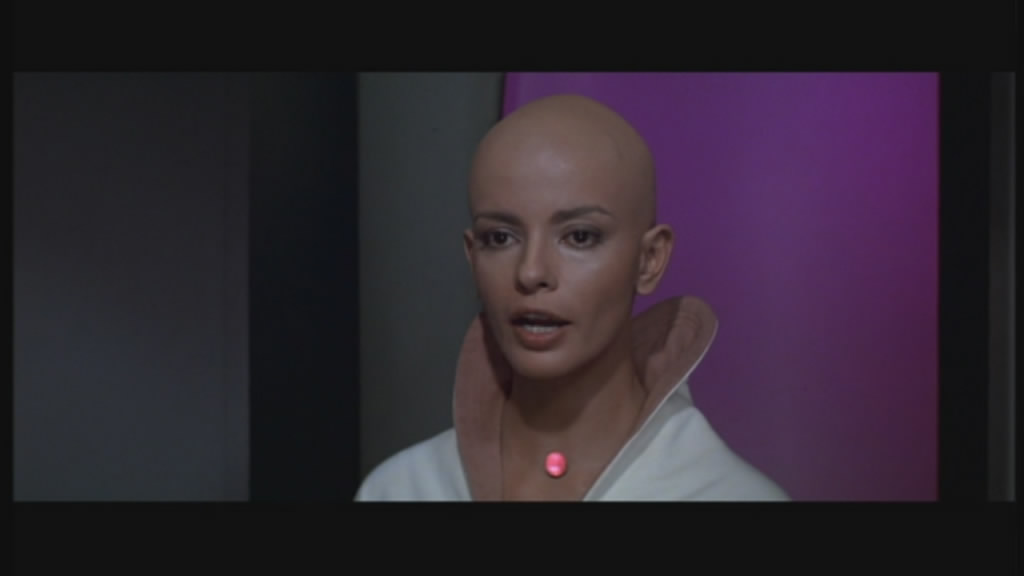
Perhaps the greatest significant element to come out of Star Trek I is the magnificent Jerry Goldsmith score. The film is almost, almost I tell you, worth watching just to hear Goldsmith’s awesome score, which would eventually become a staple theme and recurring motif within all aspects of the Star Trek brand. The Klingon theme, the main titles, the action sequences, all would be reworked by Goldsmith throughout the rest of his life whenever he composed for the show. His scores for Star Trek V, as well as more recently First Contact, Insurrection and Nemesis were resounding successes, and repeatedly wrote variations on the themes presented in this first film: his music has become almost synonymous with the show.
However, I’d go as far as to say that were it not for the addition of Goldsmith to the soundtrack, this film would almost have been a disaster in every respect. Wise went back to the film, in 2001, to create the Director’s Edition on DVD, going as far as re-editing the film for pacing, and ensuring the sound remix was up to par, giving the film a 5.1 mix and a much needed kick in the narrative pants. While an improvement in the slightest degree, not even that kind of attention can dismiss the fact that the screenplay is simply dreary, waxing lyrical about just how cool it must be to live in the future at almost every turn, and giving the sense that the film is inadvertently self-aware and (dare I say it) self indulgent.
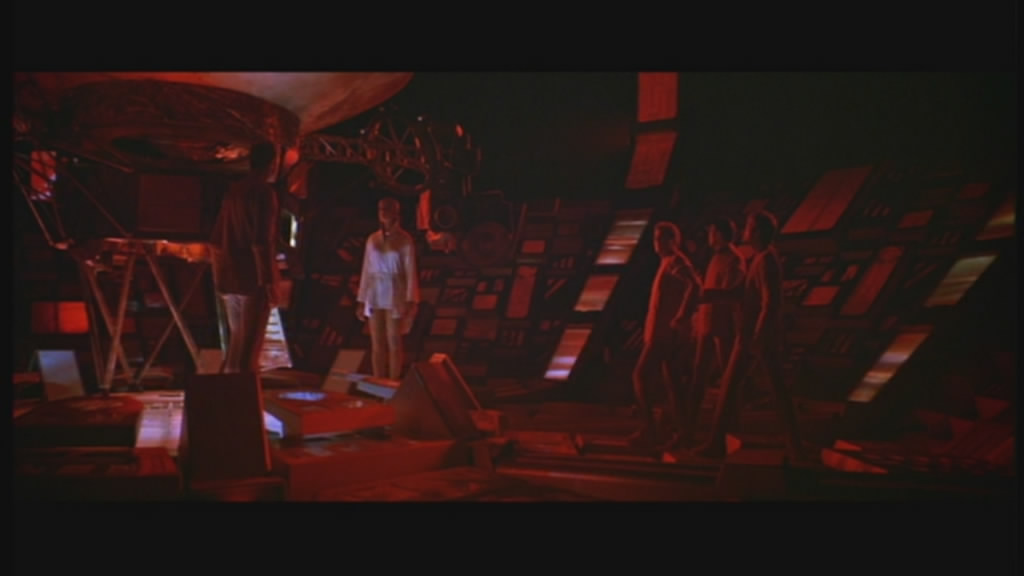
Star Trek: The Motion Picture is a generally displeasing film, filled with ideas never fulfilled, and themes never explored to the best advantage. While Robert Wise has since gone down in history as one of cinemas greatest directors, it’s perhaps one of the great disappointments that a director of his skill with actors, and a great visualist to boot, can turn out such a poorly devised cinematic debut for some of televisions most beloved characters.
